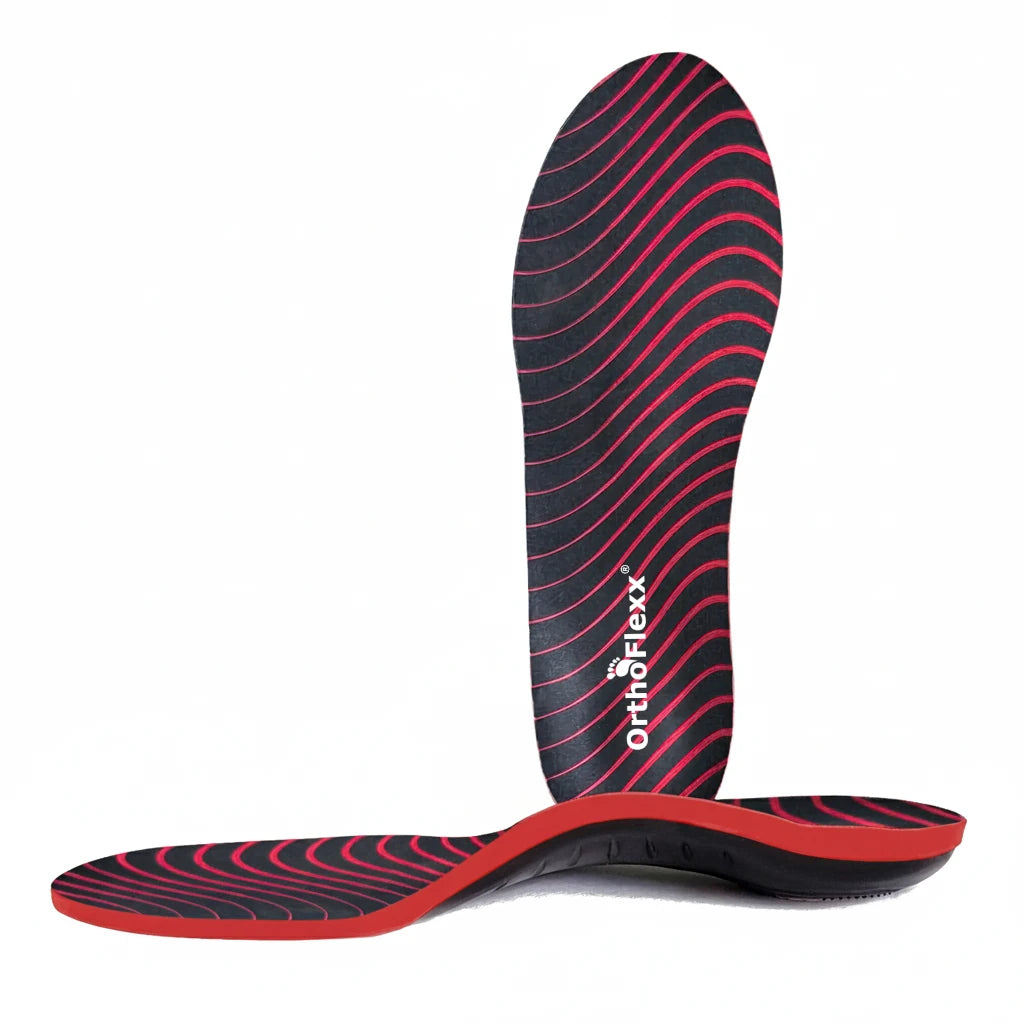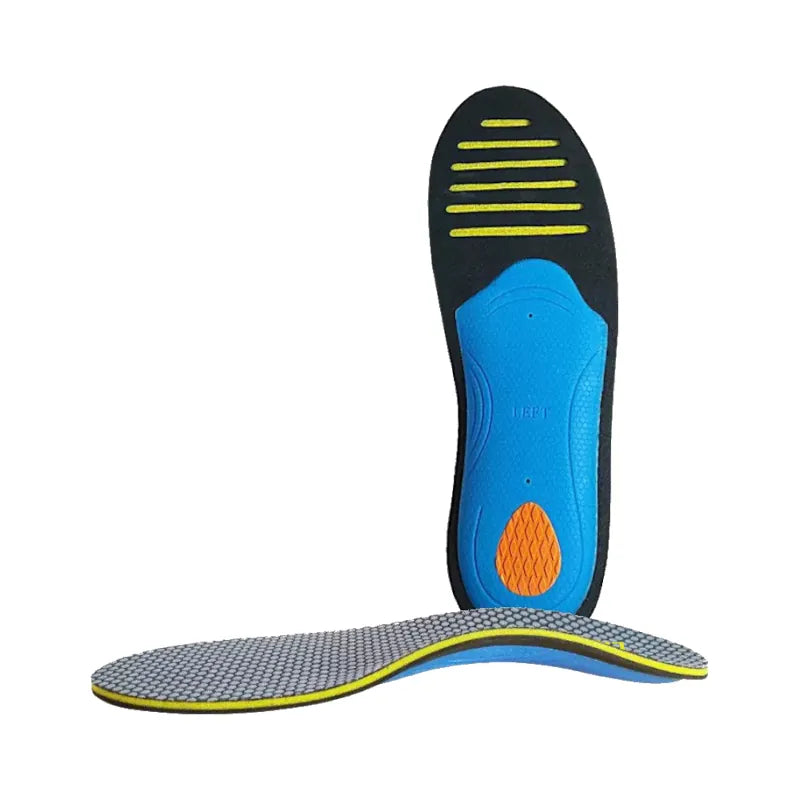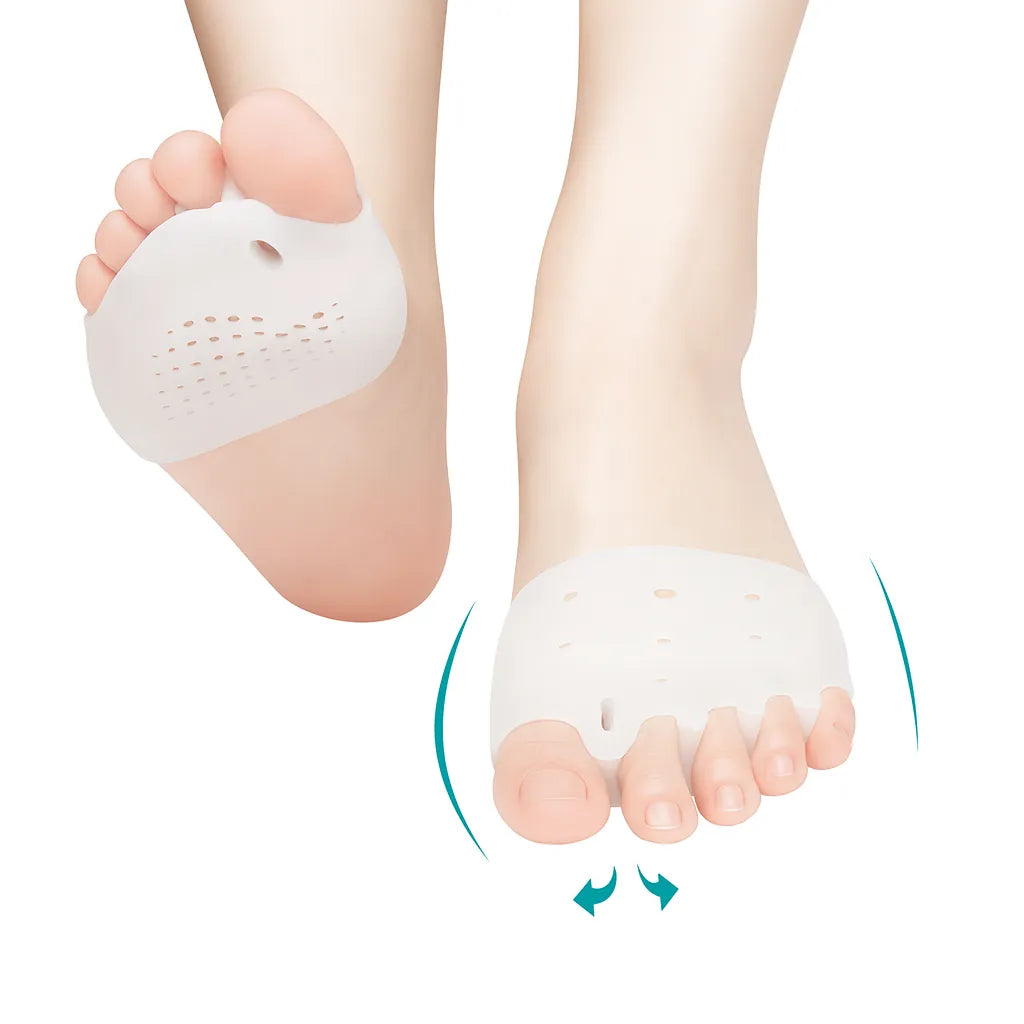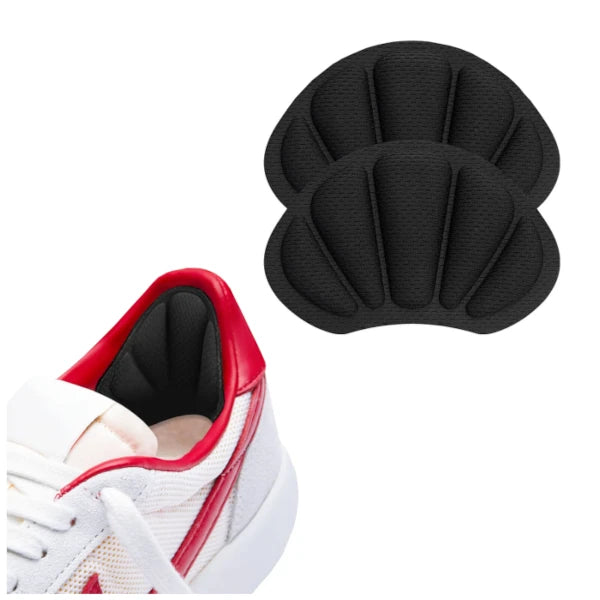
The Role of Medical Devices in Plantar Fasciitis Treatment
Share
Plantar Fasciitis: Effective Medical Devices for Pain Relief
Are you tired of the excruciating pain caused by plantar fasciitis? Medical devices play a crucial role in managing this condition, providing much-needed relief and support. Designed specifically for plantar fasciitis treatment, these orthotic devices offer non-invasive solutions that can improve foot function and reduce inflammation. By wearing splints or using other medical devices, patients can alleviate pain and promote healing without resorting to surgical interventions such as foot or ankle surgery. Join us as we explore the various medical devices available and their effectiveness in treating plantar fasciitis.
Effectiveness of Foot Orthoses for Treating Plantar Fasciitis
Foot orthoses, such as arch supports or shoe inserts, play a crucial role in the treatment of plantar fasciitis. These devices are designed to distribute pressure evenly and provide cushioning to the affected area, helping to alleviate pain and promote healing.
Research has shown that foot orthoses can be highly effective in reducing pain and improving function in patients with plantar fasciitis. A study published in the journal Foot & Ankle International found that custom-made orthotics were more effective than over-the-counter options. Custom orthotics are specifically tailored to an individual's foot shape and mechanics, providing optimal support and alignment.

In addition to their immediate benefits, foot orthoses have also been found to have long-term effectiveness in managing plantar fasciitis. A study published in the journal Foot & Ankle Surgery demonstrated that patients who used foot orthoses experienced significant reductions in plantar fascia thickness and stiffness after six months of treatment.
While foot orthoses offer numerous benefits for plantar fasciitis treatment, it's important to note that not all types may be equally effective. Prefabricated or off-the-shelf orthotic options may provide some relief but might not offer the same level of customization as custom-made ones. Placebo orthotics have been used in research studies as a control group, highlighting the specific effects of genuine foot orthoses.
To summarise, foot orthoses are a valuable tool for managing plantar fasciitis symptoms. They help distribute pressure evenly, provide cushioning, and improve overall function. Custom-made orthotics may offer superior results compared to over-the-counter alternatives. However, it's essential to consult with a healthcare professional to determine the most suitable option for individual needs.
Treating Plantar Fasciitis with Ultrasonic Energy
Ultrasonic energy therapy is a non-invasive treatment option for plantar fasciitis. This approach stimulates healing and reduces inflammation in the affected tissue. By targeting the source of pain, ultrasonic energy therapy can promote tissue regeneration and provide relief from the discomfort associated with plantar fasciitis.
One of the key advantages of ultrasonic energy therapy is its ability to target specific areas without causing harm to surrounding healthy tissues. This precise targeting helps minimize any potential side effects or complications that may arise during treatment.

Ultrasonic energy therapy is often used in conjunction with other treatments for plantar fasciitis, such as foot orthoses or physical therapy exercises. Combining these approaches can enhance overall outcomes and speed up recovery time.
It's important to note that while ultrasonic energy therapy has shown promising results in treating plantar fasciitis, it may not be suitable for everyone. Consulting with a healthcare professional is crucial to determine if this treatment option is appropriate for your specific condition.
Whole Body Vibration as a Treatment Approach for Plantar Fasciitis
Whole body vibration therapy is an alternative treatment approach for plantar fasciitis that involves standing on a vibrating platform. The vibrations generated by the platform stimulate muscle contractions, which can improve blood flow and reduce pain in the foot.
Studies have shown that whole body vibration therapy can lead to significant improvements in pain levels and functional outcomes for patients with plantar fasciitis. By stimulating muscle contractions, this therapy helps strengthen the muscles surrounding the foot and ankle, providing support to the plantar fascia.
One of the benefits of whole body vibration therapy is its ability to target deep tissues, including the fat pad beneath the heel bone. This can help alleviate pressure on the plantar fascia and provide relief from pain.

The frequency and intensity of the vibrations used in this therapy are carefully controlled to ensure safety and effectiveness. The therapist may also incorporate other exercises or stretches during the session to enhance the therapeutic effects.
It's important to note that whole body vibration therapy is often used as part of a comprehensive treatment plan for plantar fasciitis. It may be combined with other therapies such as extracorporeal shock wave therapy or stretching exercises using resistance bands.
Over-the-Counter Treatments and Lifestyle Modifications for Plantar Fasciitis
Over-the-counter treatments and lifestyle modifications play a crucial role in managing the symptoms of plantar fasciitis. These conservative measures can provide relief from pain and inflammation, allowing individuals to continue their daily activities with greater ease.
Over-the-Counter Treatments
Over-the-counter treatments such as night splints or heel cups can be effective in alleviating plantar fasciitis symptoms. Night splints are worn while sleeping to keep the foot in a stretched position, promoting healing and reducing morning pain and stiffness. Heel cups provide cushioning and support to the heel, relieving pressure on the plantar fascia and providing additional shock absorption and support.
These treatments can be conveniently purchased without a prescription.
Lifestyle Modifications
In addition to over-the-counter treatments, making certain lifestyle modifications is essential for managing plantar fasciitis effectively. Here are some important changes you can make:
- Rest: Giving your feet ample rest allows the inflamed tissues to heal properly.
- Ice: Applying ice packs to the affected area helps reduce pain and inflammation.
- Stretching: Regular stretching exercises for the calf muscles and plantar fascia can improve flexibility and alleviate symptoms.
- Supportive Footwear: Wearing shoes with proper arch support and cushioning reduces strain on the plantar fascia.
It's important to note that these treatments and modifications may not provide immediate or long-term relief for everyone. Consulting a healthcare professional before starting any over-the-counter treatment is advisable, especially if you have underlying health conditions or are unsure about which option would work best for you.
Physical Therapy Techniques for Managing Plantar Fasciitis
Physical therapy plays a crucial role in the management of plantar fasciitis. With a personalized physical therapy program, you can improve mobility and reduce pain associated with this condition.
Stretching Exercises
Stretching exercises are an essential component of plantar fasciitis treatment. By stretching the plantar fascia and calf muscles, you can relieve tension and promote healing. Some effective stretches include:
- Calf stretch: Stand facing a wall, place your hands on the wall, and step one foot back while keeping it straight. Lean forward until you feel a stretch in your calf.
- Plantar fascia stretch: Sit down and cross one leg over the other. Grab your toes and gently pull them towards you until you feel a stretch in the arch of your foot.
Massage
Massage is another technique used by physical therapists to alleviate symptoms of plantar fasciitis. Massaging the affected area helps to increase blood flow, reduce inflammation, and loosen tight muscles. You can use a tennis ball or frozen water bottle to massage the bottom of your foot.
Strengthening Exercises
Strengthening exercises help improve the stability of your feet and ankles, reducing strain on the plantar fascia. Some exercises that may be recommended by your physical therapist include:
- Toe curls: Place small objects like marbles or towels on the floor and use your toes to pick them up.
- Ankle rotations: Sit down with your legs extended. Rotate each ankle clockwise and counterclockwise for several repetitions.
Other Techniques
In addition to stretching exercises, massage, and strengthening exercises, physical therapists may employ other techniques such as ultrasound or taping to aid in recovery from plantar fasciitis.
The Importance of Medical Devices in Plantar Fasciitis Treatment
In conclusion, medical devices play a crucial role in the treatment of plantar fasciitis. From foot orthoses to ultrasonic energy and whole body vibration, these devices offer effective solutions for managing the pain and discomfort associated with this condition. By providing support, reducing inflammation, and promoting healing, medical devices can significantly improve your quality of life and help you get back on your feet.
So, if you're struggling with plantar fasciitis, don't hesitate to explore the various medical devices available. Consult with a healthcare professional to determine which options are best suited for your specific needs. Remember, finding relief is possible, and incorporating medical devices into your treatment plan can make a world of difference. Take control of your journey towards recovery today!
FAQs
Can I use over-the-counter treatments instead of medical devices?
While over-the-counter treatments like arch supports or heel cups may provide temporary relief for mild cases of plantar fasciitis, they may not be as effective as specialized medical devices. Medical devices are specifically designed to target the root causes of plantar fasciitis and provide long-term relief by addressing issues such as foot alignment or inflammation.
How do foot orthoses work for treating plantar fasciitis?
Foot orthoses are custom-made shoe inserts that help correct any biomechanical imbalances in your feet. They provide support to the arches and redistribute pressure away from the inflamed area of the plantar fascia. By improving foot alignment and reducing strain on the affected tissues, foot orthoses can alleviate pain and promote healing.
Is whole body vibration an effective treatment option?
Whole body vibration involves standing on a vibrating platform that transmits mechanical energy throughout your body. Research suggests that this therapy may help reduce pain and improve function in individuals with plantar fasciitis. However, it's important to consult with a healthcare professional to determine if whole body vibration is suitable for your specific condition.
Can ultrasonic energy really help with plantar fasciitis?
Ultrasonic energy, also known as shockwave therapy, is a non-invasive treatment option for plantar fasciitis. It delivers high-energy sound waves to the affected area, stimulating blood flow and promoting tissue repair. While it may not be suitable for everyone, many individuals have experienced significant pain reduction and improved mobility with this therapy.
Are lifestyle modifications important in managing plantar fasciitis?
Yes, making certain lifestyle modifications can complement the use of medical devices in managing plantar fasciitis. This includes wearing supportive footwear, maintaining a healthy weight to reduce strain on the feet, avoiding activities that worsen symptoms, and incorporating stretching and strengthening exercises into your daily routine. These changes can help prevent further damage and support the effectiveness of medical devices in treating plantar fasciitis.
Author Bio

Inês Pinheiro
Certified Physiotherapist for Shoulder and Knee Injuries
Inês is a skilled physical therapist with a special interest and extensive experience in working with athletes, specifically football players and also neurologic patients.













